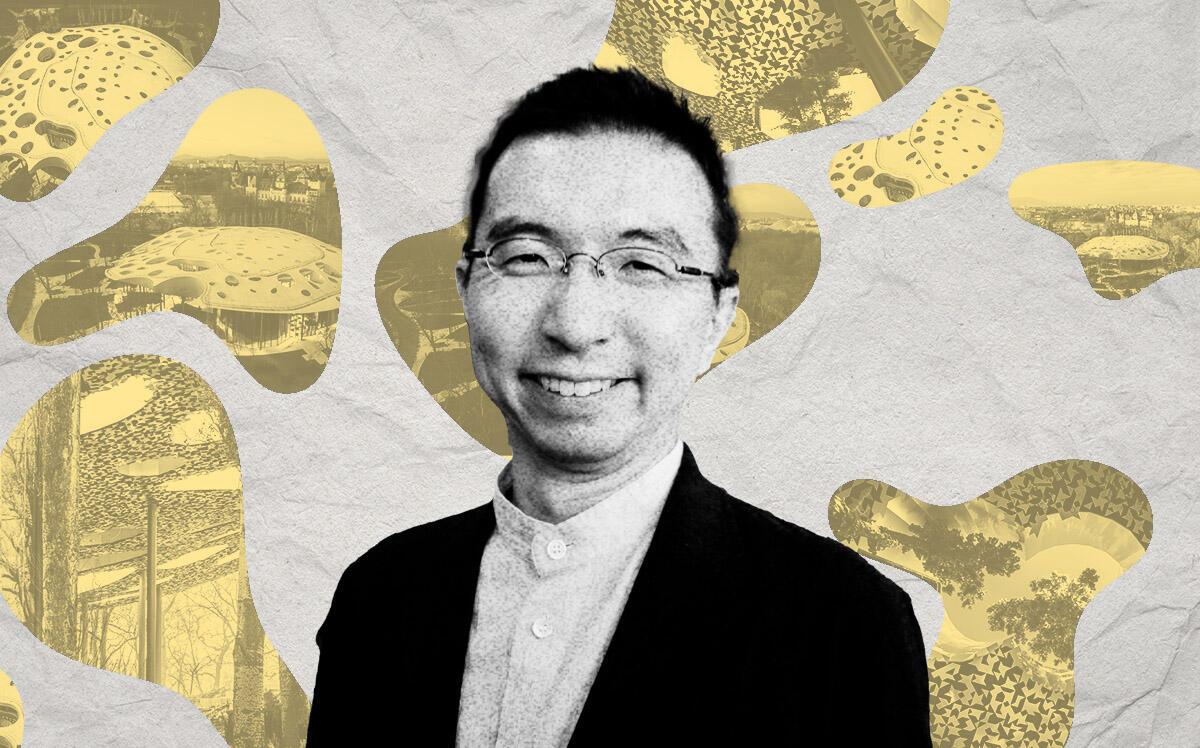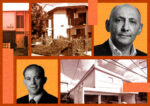 Deal in place to carry Howard Hughes’ Seaport tower to approval
Deal in place to carry Howard Hughes’ Seaport tower to approval
Trending
Sou Fujimoto’s House of Music revives historic park in Hungary
The 9,000 sf museum in central Budapest draws inspiration from music

Japanese architect Sou Fujimoto’s House of Hungarian Music, dubbed by ArchDaily as among the year’s most anticipated buildings, has opened to the public.
The Budapest museum, whose hemispherical sound dome has enraptured visitors, resembles a giant mushroom whose perforated cap hangs over walls of undivided glass, according to ArchDaily, which calls itself the most-visited architectural website.
The 9,000 square-foot building in the capital’s City Park is nestled beneath a bower of trees within sight of the century-old Castle Vajdahunyad. It fuses landscape, architecture, and exhibition design, all dedicated to the creation of music and sound.
It has concert halls, exhibition spaces and an open-air stage, taking visitors on a journey through the history of European music. It showcases Hungarian pop music from 1957 to 1993.
The ground floor houses two performance venues. The upper floor includes classrooms, a library, and offices, all connected through a spiral staircase. A below-ground floor features an exhibition highlighting Hungary’s contribution to European music history.
Fujimoto’s building is designed as an extension of its natural setting – a 200-year-old park containing 300 acres of trees, lakes, art museums and the castle, which houses the biggest agricultural museum in Europe.
To bring music to life through the interaction of light, sound, and nature, Fujimoto’s team used 94 customized heat-insulated and undivided glass panels to form a completely translucent facade, merging the exterior and interior, according to ArchDaily.
The floating domed roof is pierced with 100 holes, inspired by varying sound waves and allowing trees to integrate with the architecture. Through each hole, light shines into the depths of the building.
The museum’s most prominent feature is its hemispherical sound dome, inspired by the 20th century composer Karlheinz Stockhausen, who created the first three-dimensional aural experience in the form of a spherical concert hall at the 1970 World Exposition in Osaka, Japan.
The dome gives listeners an immersive experience through a 360-degree surround system from more than 31 loudspeakers, creating “hologram-like” walls of sound. It can accommodate up to 60 visitors.
The House of Hungarian Music is part of the Liget Budapest Project, which is overseeing a complete renewal of Budapest’s largest and “most iconic” public park.
[Arch Daily] – Dana Bartholomew
Read more
 Deal in place to carry Howard Hughes’ Seaport tower to approval
Deal in place to carry Howard Hughes’ Seaport tower to approval
 Co-living startup The Collective to lose another Brooklyn development project
Co-living startup The Collective to lose another Brooklyn development project




